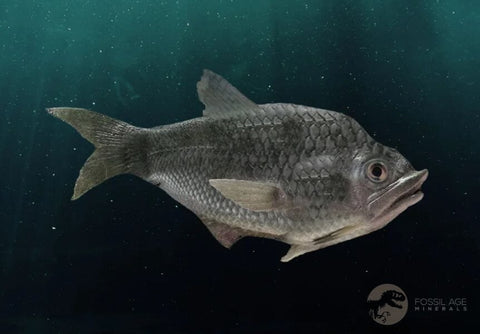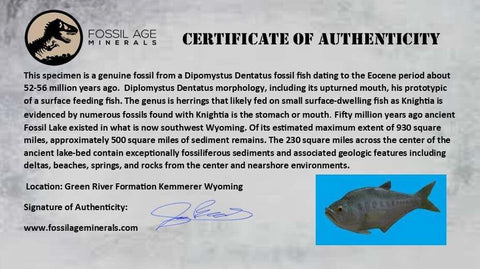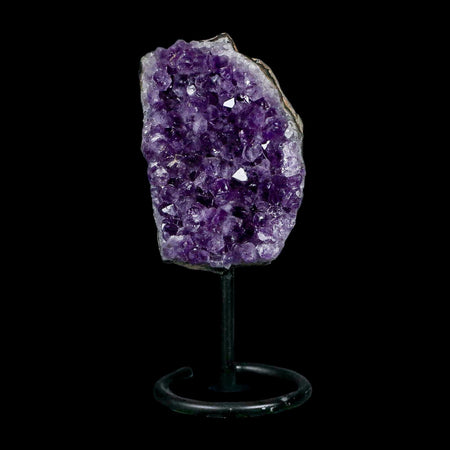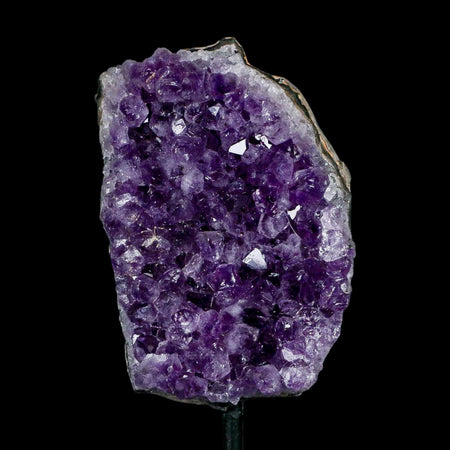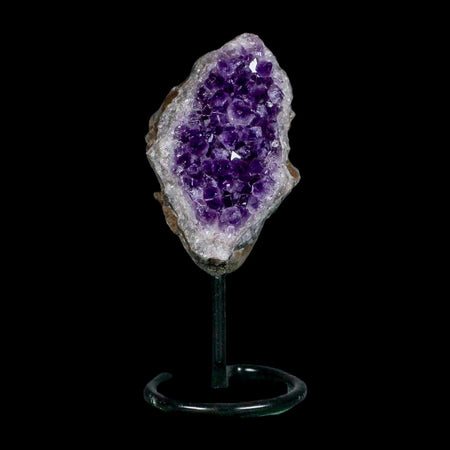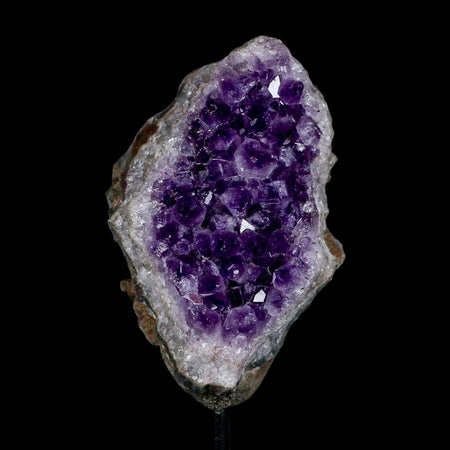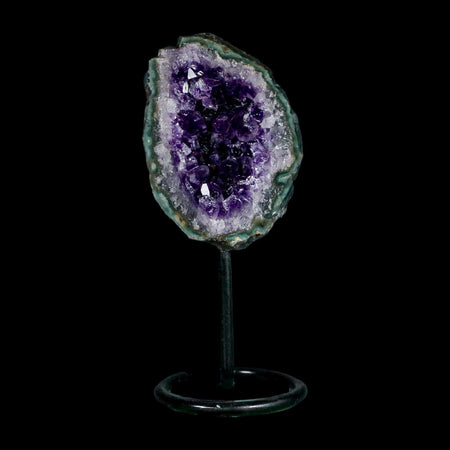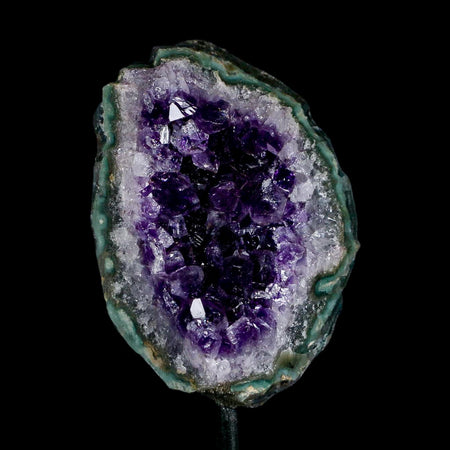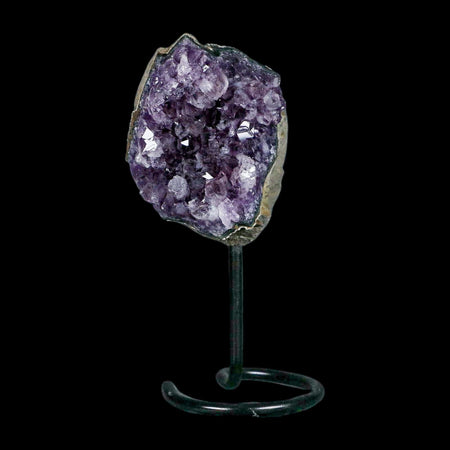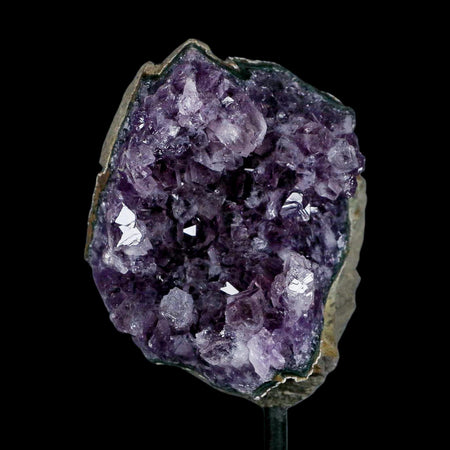3" Diplomystus Dentatus Fossil Fish Green River FM WY Eocene Age COA, Stand
Location: Kemmerer, Wyoming
Weight: 4.8 Ounces
Dimensions: 4.3 Inches Long, 1.8 Inches Wide, 0.5 Inches Thick (Plate)
Fish Dimensions: 3 Inches Long, 1.1 Inches Wide
Comes with a Free Stand.
Comes with a Certificate of Authenticity.
The item pictured is the one you will receive.
This is a genuine fossil.
56 million years old, Eocene age.
The distinctive morphology of Diplomystus dentatus, marked by its upturned mouth, reflects its adaptation as a surface-feeding fish. This genus, related to herrings, predominantly consumed small fish near the water’s surface, a fact supported by numerous fossils containing Knightia within their stomachs or mouths. Around fifty million years ago, what is now southwestern Wyoming was home to the ancient Fossil Lake. Of its original 930 square miles, approximately 500 square miles of sediment remain, with a central 230-square-mile region notable for its exceptionally fossil-rich deposits and a variety of geological features, including deltas, beaches, springs, and sediments from both central and nearshore lake environments.
The unusual chemistry of the fossil lake prevented decay and scavenging of dead organisms while millimeter-thick layers of alternating limestone matter slowly accumulated. The result is laminated limestones that contain the highest concentration of fossil fish in the world. These fish, other aquatic organisms, and associated geologic features make Fossil Lake the world's best Paleogene record of the freshwater lake ecosystem.
Since their groundbreaking discovery in the 1870s, countless impeccably preserved fossil fish have emerged from the depths. Encased in laminated limestone lies an entire aquatic world: cyanobacteria, plants, insects, and crustaceans like shrimp, crawfish, and ostracods. Amphibians such as frogs and ancient salamanders share this prehistoric stage with fierce alligators, turtles, birds, and mammals—including the oldest pantolestid, a crafty otter-like predator. Surrounding this aquatic realm, the subtropical land reveals rare and thrilling fossils: a horse, two snake species, lizards, two types of bats, birds, an elusive tree-dwelling insectivore called an apatemyid, a primitive carnivore known as a minced, countless insects, and a dazzling variety of over 325 leaves, seeds, and flowers.

Please be aware of the nature of fossils:
Being buried under the ground for millions of years under tons of pressure tends to be rough. No fossil comes out of the ground whole and perfect. Most fossils have undergone some restoration, while others are altered by man, simply to enhance their presentation in different ways. These are part of the natural beauty of the fossil and are not considered defects.






